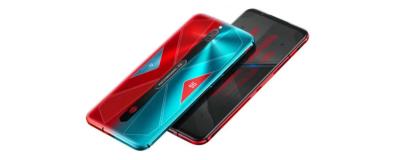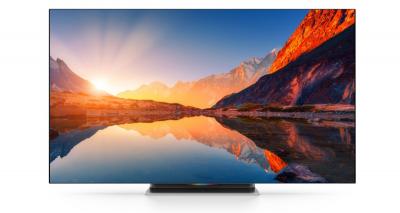Omdia: 62.8% of all smartphones sold in Q4 2020 use OLED displays
Market research company Omdia says that at the end of 2020, 62.8% of all smartphones use OLED panels, while 31.8%, use LCDs (I'm not sure about the rest of the smartphones, maybe some use E Ink displays but not all the rest of the missing 5.4% in Omdia's summary.

Omdia further estimates that SDC's smartphone OLED panel sales will exceed $5 billion in Q1 2021, a 30% increase over Q1 2020.














